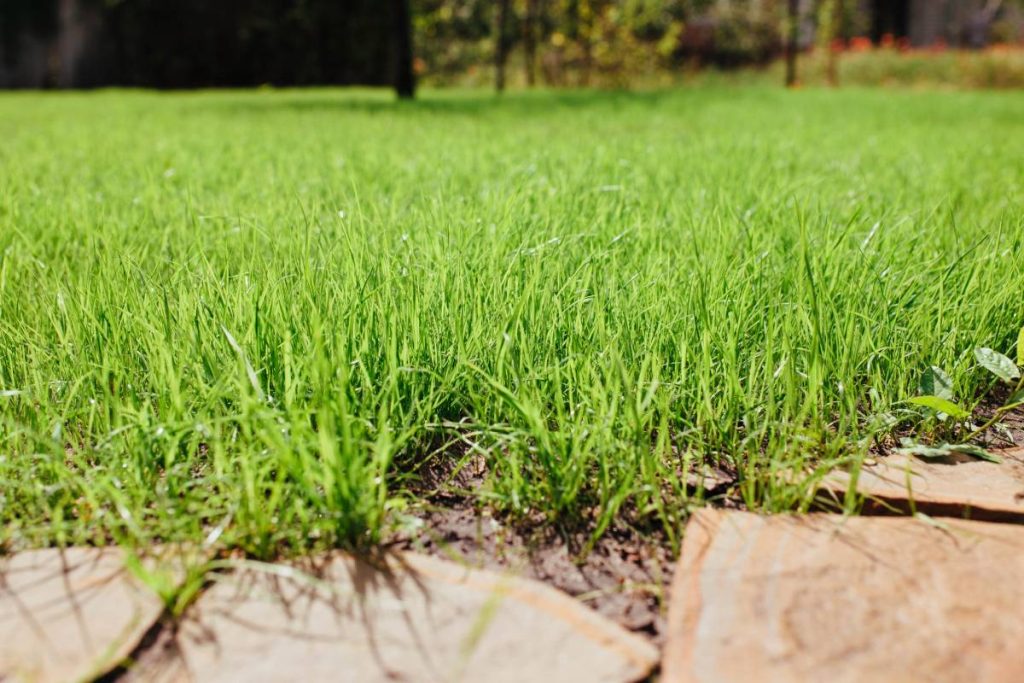
Snorkelling vs. Scuba Diving: Which One Should You Choose?
If you’re a beginner, snorkelling is the way to go. It’s easy to learn and requires little equipment. You’ll be able to see many of the same beautiful sights as scuba divers do–just from a different perspective. Snorkelers can also enjoy swimming with fish that are used to being around people in their natural habitats, so they won’t be scared away by your presence like they might be if you were wearing flippers and diving gear!
If you’re more experienced or would like more adventure than just floating around on top of the water with your face in it (which sounds kind of boring), then scuba diving may be better suited for your needs. Scuba diving allows for deeper exploration into coral reefs and shipwrecks while giving an opportunity for greater interaction with marine life such as sharks, rays or turtles because there isn’t any need for surface air supply while underwater like there would be when snorkelling
The Best Spots for Snorkeling and Diving on the Great Barrier Reef
The Outer Reef is the most popular snorkelling and diving spot on the Great Barrier Reef. It’s also one of the only places where you can see both coral gardens and hard corals. The waters here are clear, with visibility up to 30 meters (98 feet). This makes it easy to spot colourful fish like clownfish and blue tangs, as well as more unusual species like manta rays.
The best time of year for diving at this location is between November and May–it’s usually too windy during the summer months.
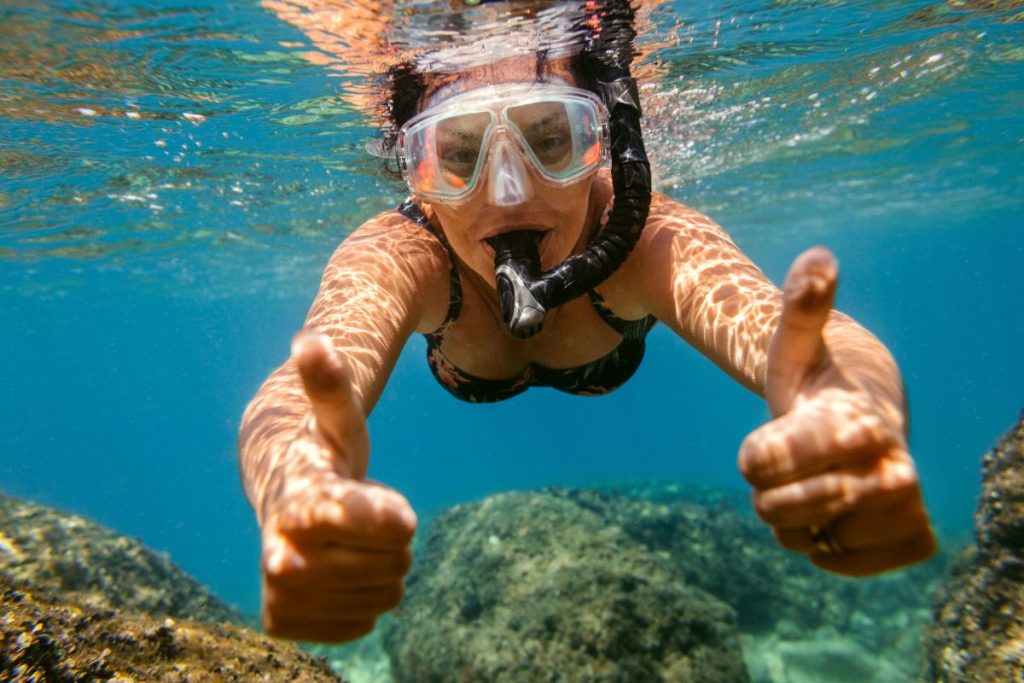
A Guide to the Different Types of Marine Life You’ll Encounter
You’ll encounter a variety of marine life, including:
Clownfish: These fish are known for their bright colours and friendly personalities, which makes them popular with divers and snorkelers alike.
Parrotfish: These large creatures have been known to eat coral, so if you see one in your dive or snorkel session make sure not to get too close!
Butterflyfish: These small fish are often seen swimming around in pairs or groups of three–they’re very social creatures!
Top Tips for Photographing the Great Barrier Reef
To get the best photos of the Great Barrier Reef, you need to know how to use your camera. Here are some tips:
Use a polarizing filter. This will help reduce glare and make the water look bluer in photos.
Shoot during the middle of the day (when there’s no direct sunlight). If you can’t do this, try shooting at sunrise or sunset when there’s still plenty of light but less harsh shadows on land and in water.
Use a fast shutter speed so that you don’t get motion blur from waves crashing against rocks or ships sailing by–or even just moving around yourself! * Get close! You want your subject as large as possible in frame so it stands out against its surroundings; this also makes it easier for viewers who aren’t familiar with where they’re looking at first glance (like me).

Exploring the Great Barrier Reef with Kids: Family-Friendly Activities
If you’re travelling with kids, there are plenty of ways to explore the Great Barrier Reef. Here are some ideas:
Snorkelling
Snorkelling is a great activity for families because everyone can participate and it’s easy to do. You don’t need any special equipment–just rent or buy a mask, fins and snorkel at your destination. If you want more information about how to safely snorkel with kids in mind, check out our article “How to Snorkel Safely with Kids.”
Glass Bottom Boats
Glass-bottom boat tours are another option if you want an overview of what’s below the surface without getting wet yourself (although some boats allow passengers onto their decks). Some tours include stops at sites where divers have spotted marine life worth seeing up close through scuba gear; others focus on areas known for their coral formations or other natural wonders like shipwrecks from World War II battles that took place nearby.* Cairns Aquarium offers five different aquarium experiences including one called “The Reef Experience” which features interactive displays designed specifically for children ages 3-10 years old.* Tjapukai Aboriginal Cultural Park offers guided tours through rainforest habitats where visitors learn about traditional customs practised by indigenous people who originally inhabited this land before European settlers arrived during colonial times
The Best Time of Year to Visit the Great Barrier Reef
The best time of year to visit the Great Barrier Reef is between June and August. This is peak tourist season, so you’ll find larger crowds and higher prices than at other times of the year. However, these are also the months when conditions are optimal for snorkelling and diving–the water temperature is warm enough to be comfortable without a wet suit (about 78 degrees Fahrenheit), but not so warm that it’s too hot; visibility underwater is good; currents aren’t strong enough to interfere with your enjoyment; and there are plenty of fish around!
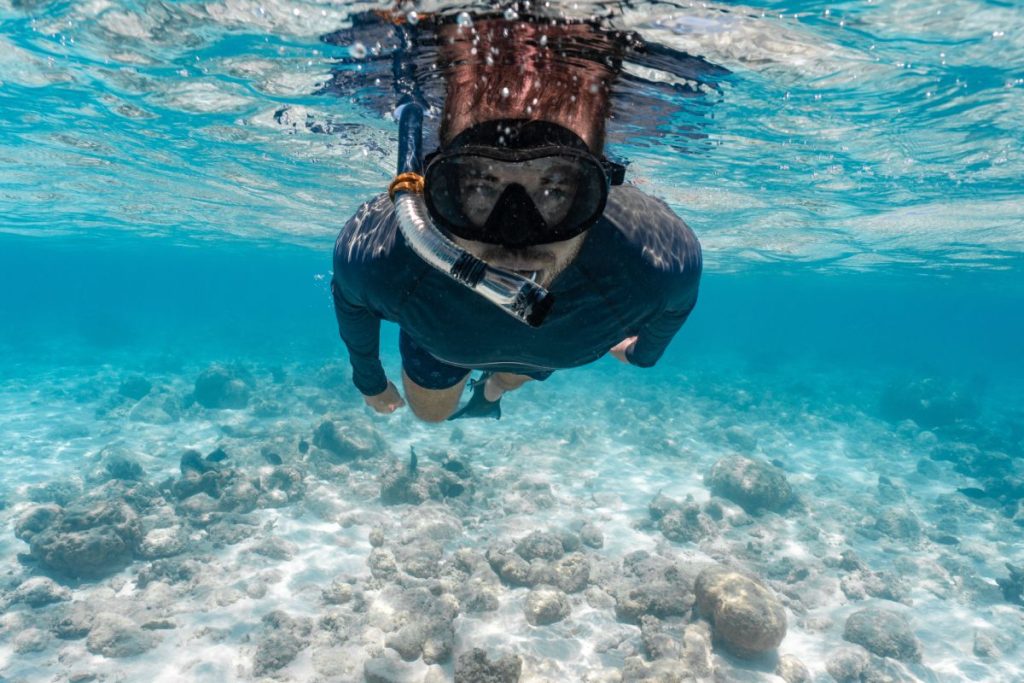
Sustainable Tourism
The Importance of Sustainable Tourism on the Great Barrier Reef
A visit to the Great Barrier Reef is an experience that should be enjoyed by all. However, it is important to remember that your visit has an impact on this precious ecosystem and its inhabitants.
To minimise your impact on the reef, follow these guidelines:
Avoid touching or standing on coral; it can damage them and prevent them from recovering from bleaching events like those experienced in 2016-17. If you do touch a piece of coral by accident, use a stick or glove to remove any dirt or debris before releasing back into its natural habitat
Look but don’t touch! If you see something interesting underwater (like an octopus), take photos instead of touching it–you’ll get better pictures anyway!
Don’t feed sharks or other marine life (sharks are wild animals; they don’t need food from humans)
Beyond the Reef: Other Activities to Enjoy in the Area
Once you’ve seen all of the Great Barrier Reef, there are still plenty of activities to enjoy in Port Douglas and Cairns. You can explore some of Australia’s most beautiful rainforests at Daintree National Park, or spend some time on one of the many beaches along this coast. If you’re looking for something a little more interactive and educational, head over to Cairns Aquarium where you’ll get up close with some exotic creatures from around Australia–and maybe even learn something new! Or take your kids (or yourself) out for an unforgettable cultural experience at Tjapukai Aboriginal Cultural Park where they’ll see performances based on traditional Aboriginal stories involving music and dance as well as participate in activities like painting rocks using natural pigments found in nature
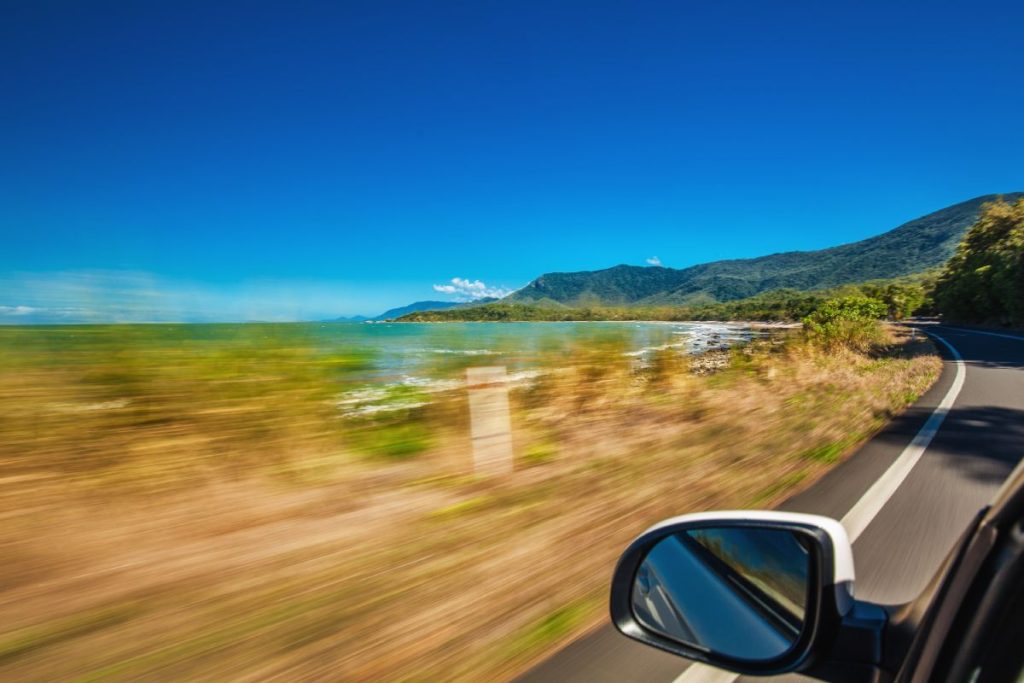
Getting to Port Douglas from Cairns
There are a number of ways to get from Cairns to Port Douglas. If you’re travelling with kids or have limited mobility, shuttle services are the best option. These buses will drop you off at your hotel or guesthouse and pick up again when it’s time for your return journey.
For those who want more independence, rental cars can be hired in both cities–but remember that there are strict rules about driving on Australian roads: it’s illegal to drive under the influence of alcohol (even if only slightly), seat belts must be worn by all passengers at all times and children under five years old must travel in an approved child restraint system. If these rules aren’t followed then fines can be issued by police officers on patrol or by fixed cameras installed along major highways; if caught without insurance then even harsher penalties may apply!
Conclusion
You’ve made it this far, so you’re probably interested in the Great Barrier Reef. If you are, then we have some good news: You can visit! In fact, there are many ways to do so–by boat or plane and even by scuba diving.
If you’re planning on visiting Australia’s most famous natural attraction, here are a few tips to help ensure that your trip is safe and enjoyable:
Stay environmentally responsible by following park regulations (including those regarding alcohol consumption) and respecting marine life at all times
Take care not to disturb any wildlife when swimming or snorkelling in the water near shorelines or coral reefs.
Recent Posts
Recent Comments
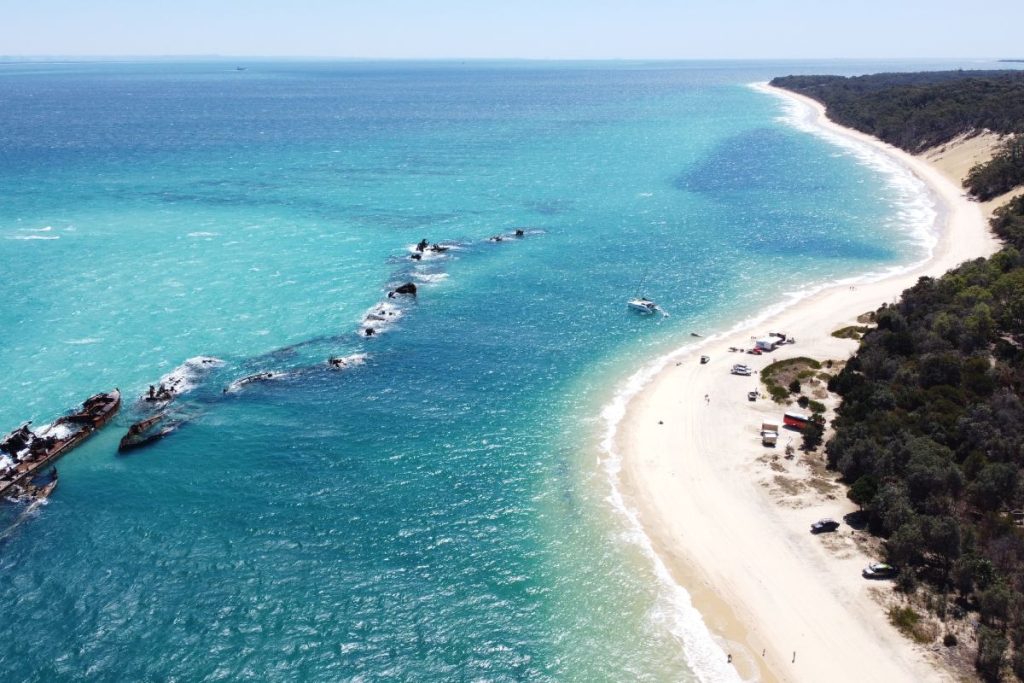
Things to do and see in Port Douglas
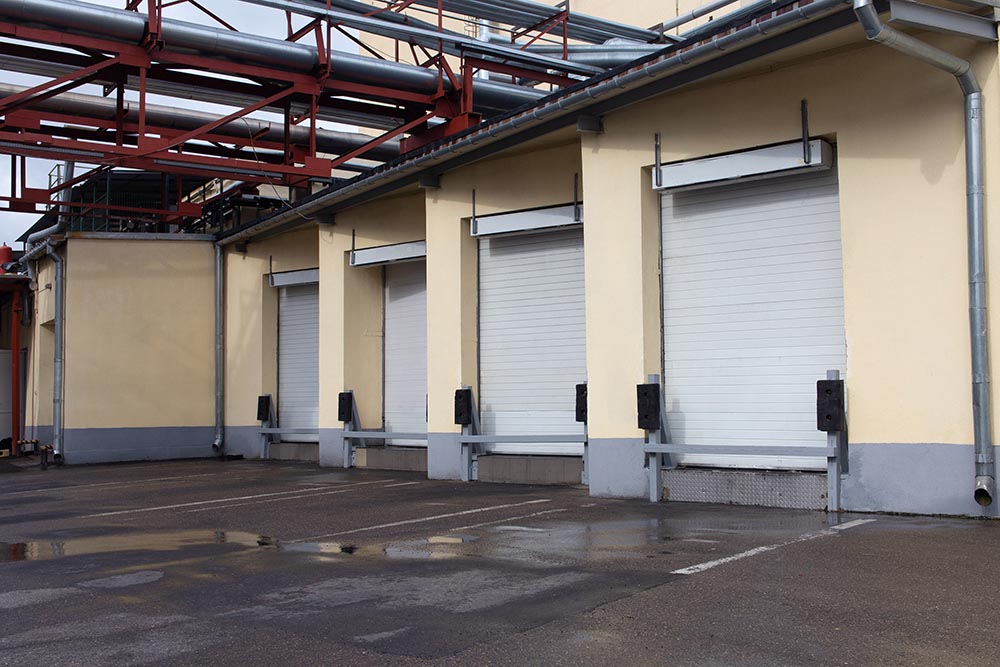
What size loading ramp do I need? Are arched ramps better? Are loading ramps safe? How much do aluminium ramps cost?
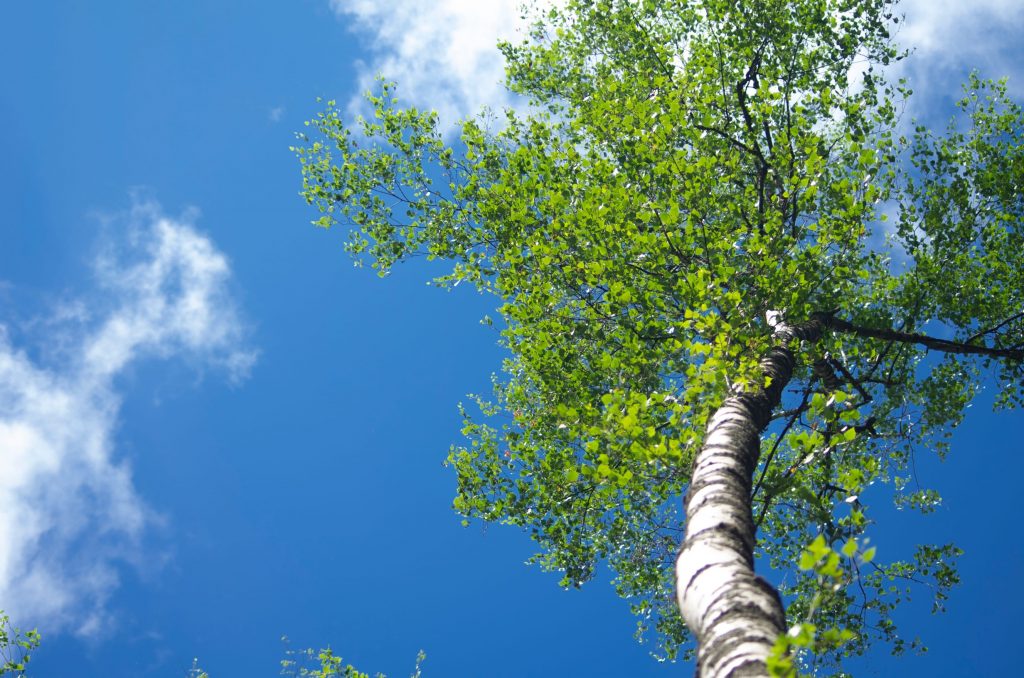
What is the difference between a twig, a branch and a limb? (the anatomy of a tree)
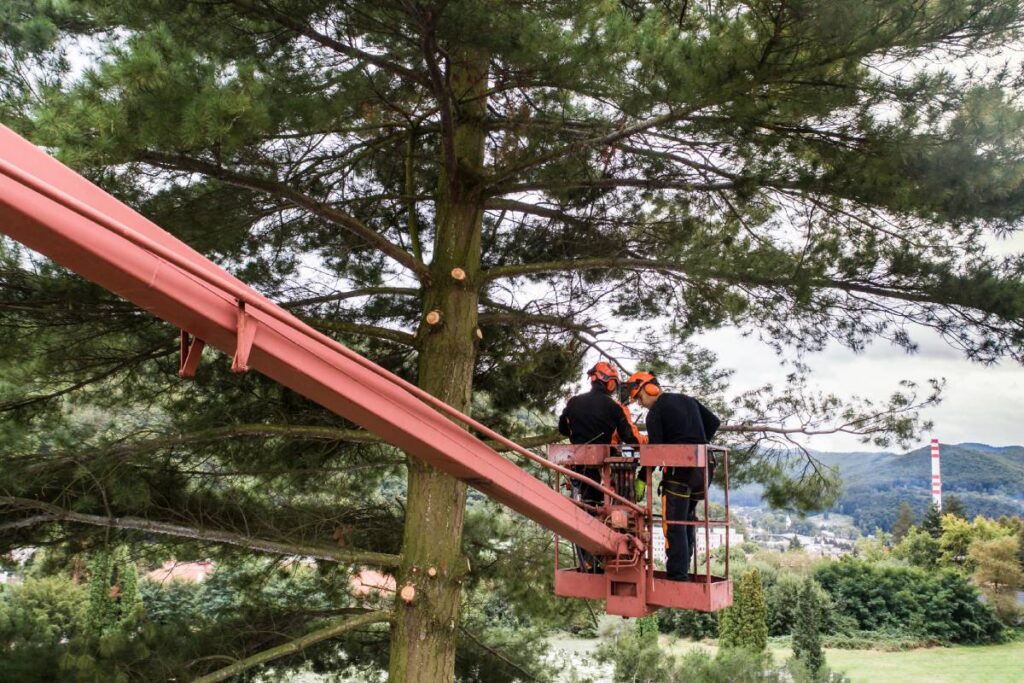
What Are Tree Reductions? What Are the Benefits of Tree Reduction?
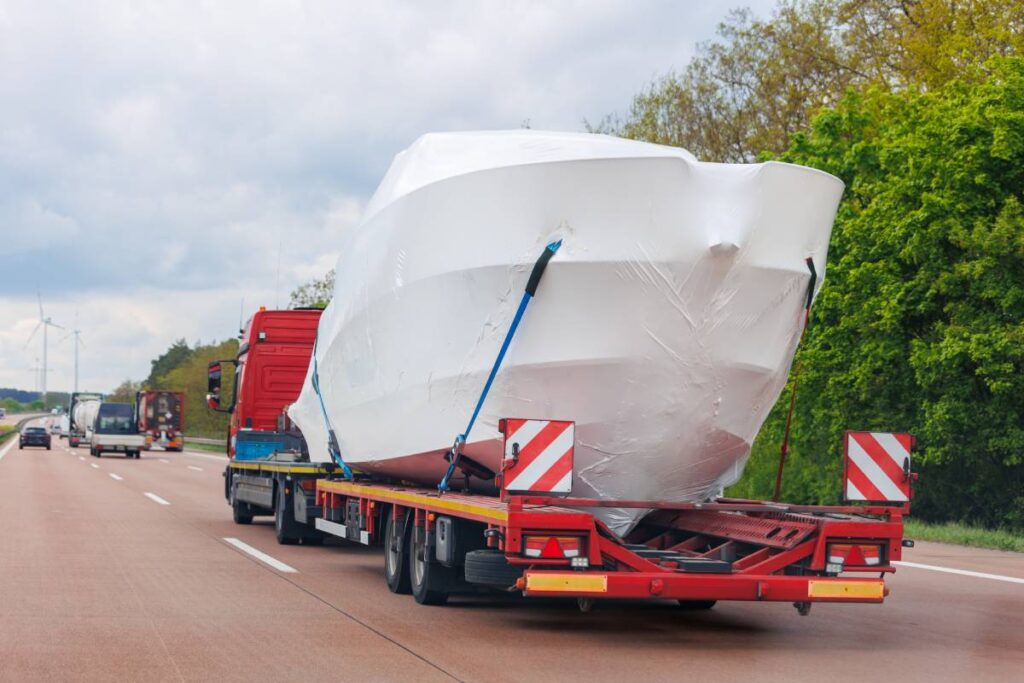
Can You Transport Your Yacht Interstate Yourself?
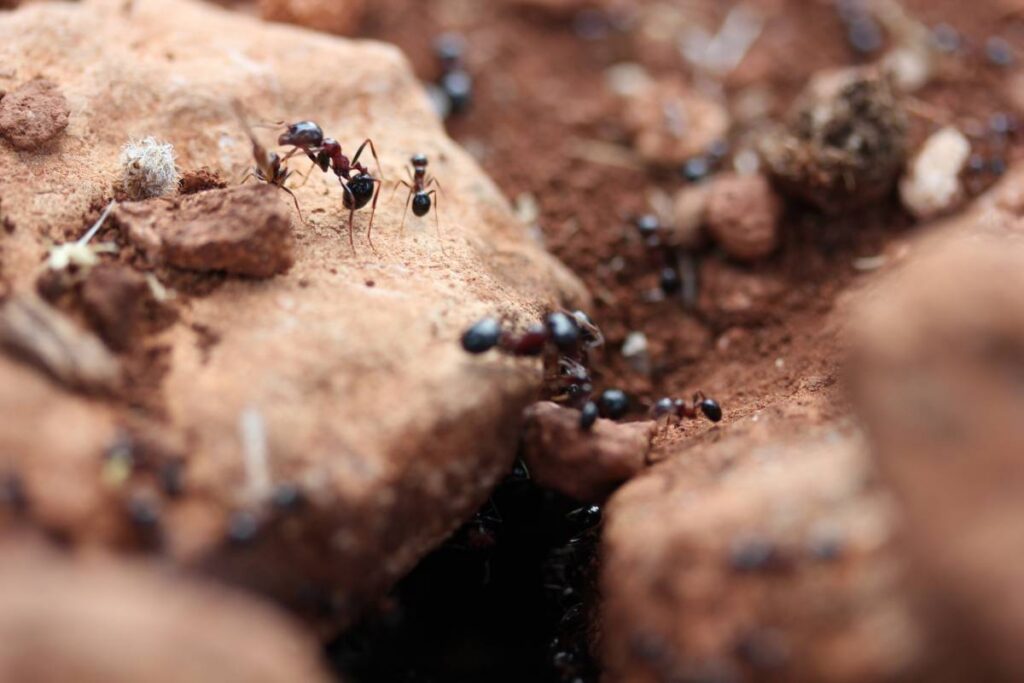
How to Get Rid of Ants in Your Lawn: A Complete Guide
